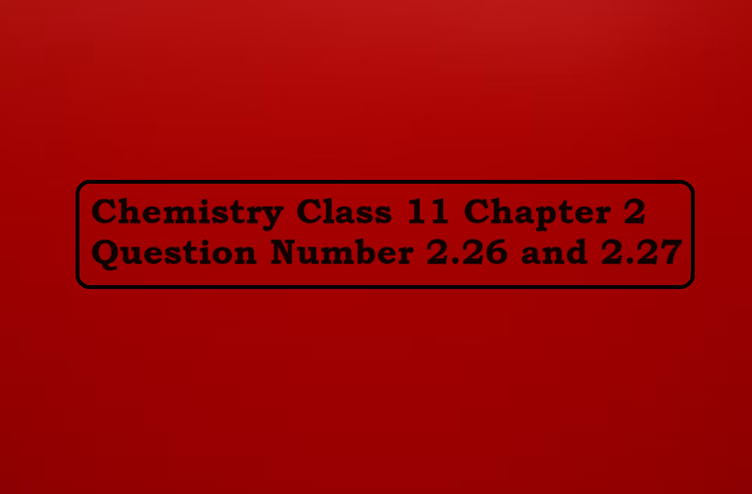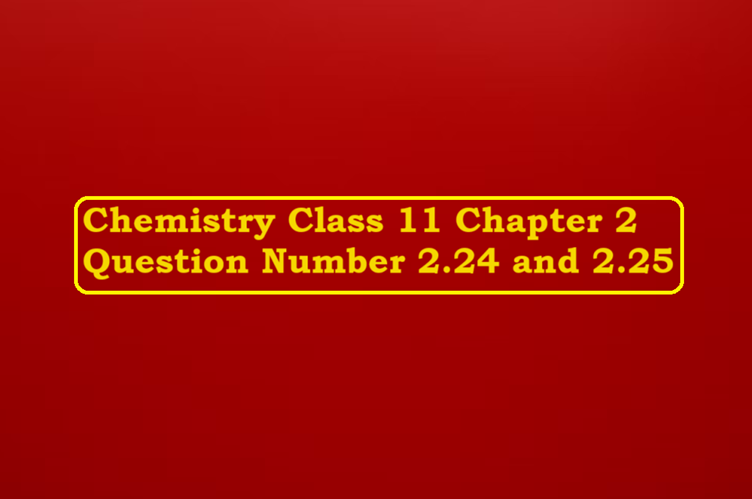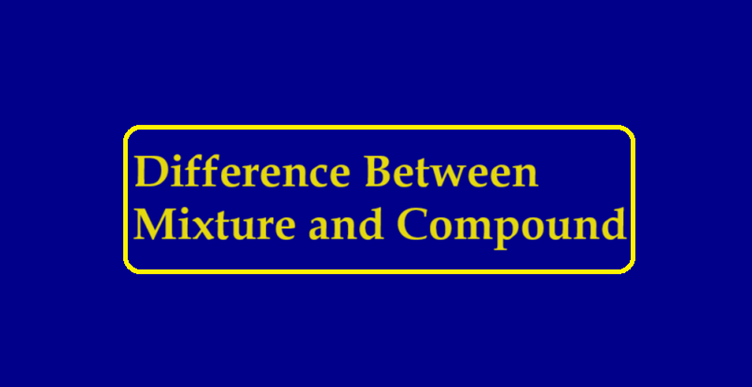Gravitation Class 9 Notes Gravitation Class 9 Notes Gravitation According to Newton, every object in this Universe attracts every other object with a certain force. This force with which two objects attract each other is called gravitational force. If the masses of two bodies are small, then the gravitational force between them is very The gravitational force holds the Solar System In our daily life, we have noticed things falling freely downwards toward the earth when thrown upwards or dropped from some height. The fact that all bodies irrespective of their masses are accelerated towards the earth with a constant…
Author: Dr. Vikas Jasrotia
Class 11 Chemistry Half Yearly Question Paper Class 11 Chemistry Half Yearly Question Paper Time Allowed : 180 mins Maximum Marks : 70 Section A 1 Molecular mass is the a) maximum of atomic masses of the elements present in a molecule b) minimum of atomic…
Solid State Chemistry Class 12 Notes PDF Download In our day-to-day life solids play a crucial role in pursuing different purposes. Different types of solids with different properties are required for different purposes. The constituent particles and the type of bonds between the particles determine the nature of a specific solid. For eg. a Bucket or a container used to carry water, utensils used for cooking food, computers, vehicles, electronic gadgets, notebooks, pencils, papers, etc. are all solid substances used in our day-to-day life. Liquids and gases on the other hand are another state of matter and are also…
Redox Reaction Redox Reaction Introduction The redox reaction is related to gain or loss of electrons. A reaction in which oxidation and reduction takes place simultaneously is called redox reaction. This chapter deals with problems based on redox reactions, oxidation number, and balancing of redox reactions by ion, electron method, and oxidation number method. Oxidation Reactions Oxidation is defined as the addition of oxygen/electronegative element to a substance or removal of hydrogen/ electropositive element from a substance. 2Mg(s) + O2(g) ⟶ 2MgO(s) Mg(s) + Cl2(g) ⟶ MgCl2(s) Reduction Reactions Reduction is defined as the removal of oxygen/electronegative elements from a…
EQUILIBRIUM Class 11 Equilibrium Class 11 Introduction Equilibrium is the most important characteristic property of reversible reactions. These reactions for which the forward reaction occurs to a much greater extent are considered to be unidirectional in nature and whenever the rate of forward reaction is equal to the rate of backward reaction, equilibrium is attained, not to forget that equilibrium exists only in a closed system. It is the state of the system at which temperature, pressure, volume, and composition have fixed values and do not vary with time. Chemical Reactions can be divided into two categories: Irreversible Reactions: The…
THERMODYNAMICS PDF THERMODYNAMICS PDF Introduction Chemical thermodynamics deals with the relationship between various forms of energy in a process. Thermodynamics deals with macroscopic properties. This chapter introduces a major subsidiary thermodynamic property, the Gibbs free energy which lets us express the spontaneity of a process in terms of the properties of the system. This chapter helps to explain why gases expand or diffuse. System and Surrounding 1. System: A specific portion of the universe under study that is separated from the rest of the universe with a boundary is called a system. 2. Surroundings: The rest of the universe which…
States of Matter Class 11 Notes PDF States of Matter Class 11 Notes PDF Gas is the state of matter in which molecules are always in random motion. Intermolecular interactions are extremely small (almost negligible) as compared to other states like solid and liquid. Gases are highly compressible states of matter and their state of diffusion is maximum. Gases have their own importance in the living world. Air is a gaseous mixture of oxygen, nitrogen, CO2, Ar, etc. Intermolecular Forces Intermolecular forces are the forces of attraction and repulsion between interacting particles. This term does not include the electrostatic forces…
Chemistry Class 11 Chapter 2 Question Number 2.26 and 2.27 Question 2.26: An atom of an element contains 29 electrons and 35 neutrons. Deduce (i) the number of protons and (ii) the electronic configuration of the element. Answer 2.26: (i) For an atom to be neutral, the number of protons is equal to the number of electrons. The number of protons in the atom of the given element = 29 (ii) The electronic configuration of the atom is 1s2 2s2 2p6 3s2 3p6 4s1 3d10 Question 2.27: Give the number of electrons in the species H2+, H2, and O2+ Answer…
Chemistry Class 11 Chapter 2 Question Number 2.24 and 2.25 Question 2.24: What is the lowest value of n that allows g orbitals to exist? Answer 2.24: For g-orbitals, l = 4. As for any value ‘n’ of the principal quantum number, the Azimuthal quantum number (l) can have a value from zero to (n – 1). For l = 4, minimum value of n = 5 Question 2.25: An electron is in one of the 3d orbitals. Give the possible values of n, l, and ml for this electron. Answer 2.25: For the 3d orbital: Principal quantum number…
Difference Between Mixture and Compound Difference Between Mixture and Compound Mixture Compound 1. Nature: In a mixture, two or more elements or compounds are mixed, such that they do not combine chemically 1. Nature: In a compound, two or more elements unite chemically. 2. Structure: The mixture does not have a definite structure. 2. Structure: Compounds have a definite structure. 3. Composition: In the case of a mixture, their constituents can be present in any ratio, i.e., they have variable composition. 3. Compositions: In the case of a compound, the constituents are present in a fixed ratio by weight. 4.…









